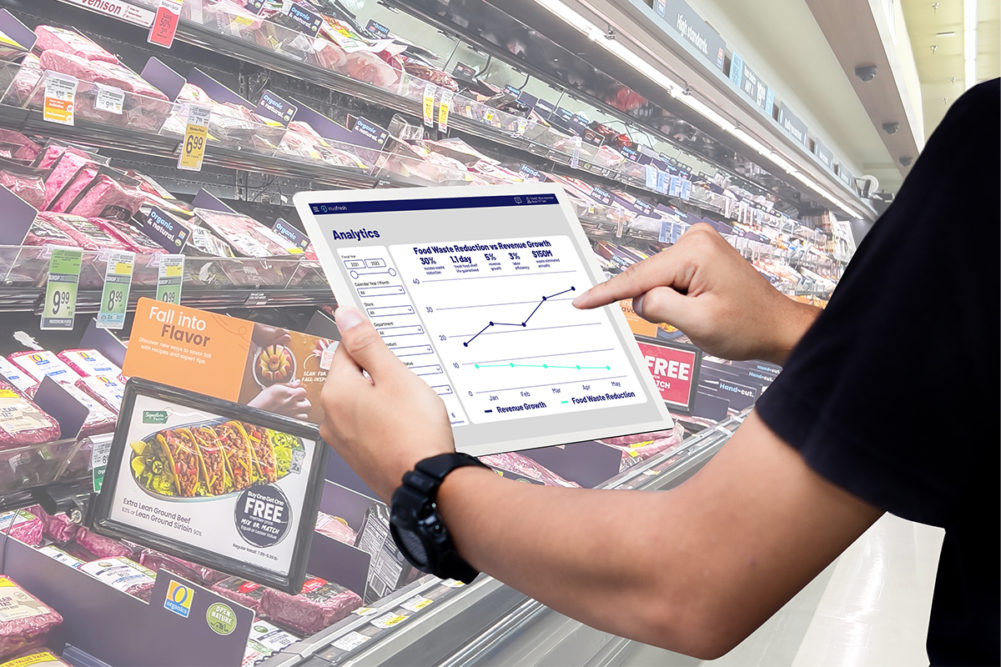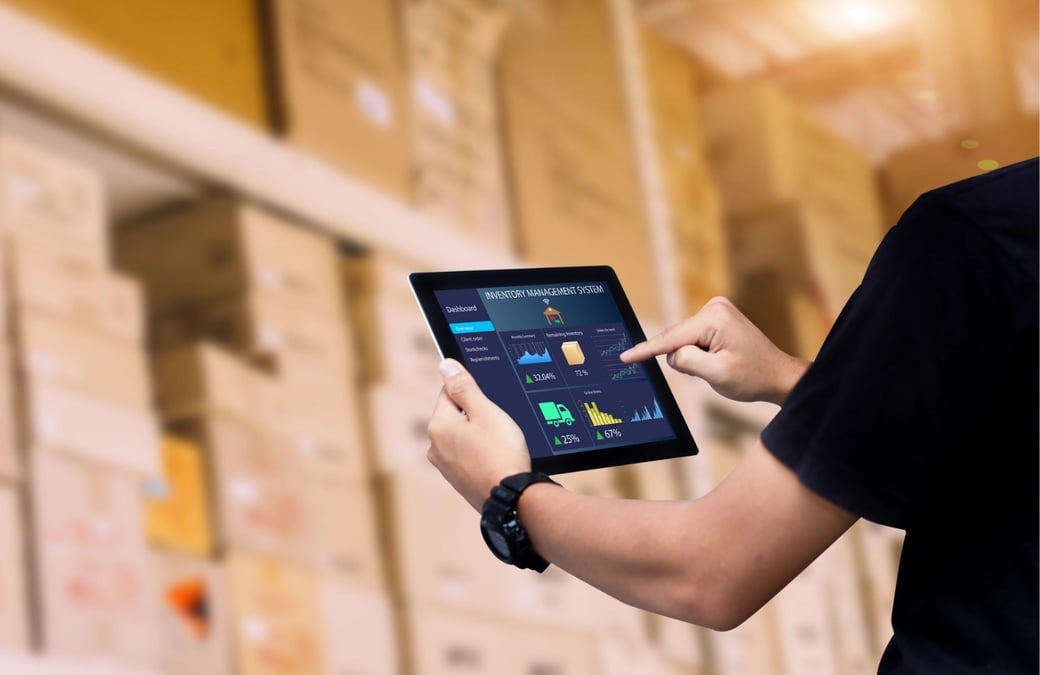An adequate supply chain may make all the difference in modern commerce in preserving competitiveness and guaranteeing consumer happiness. This is particularly true for the grocery industry, which grapples with the complexity of delivering a wide array of fresh and non-perishable goods to consumers rapidly and reliably. Advanced initiatives have cast light upon the significant role that customer data plays in optimizing supply routes and inventory levels. By diving deep into the strategies for improving efficiency within these networks, we can explore how retail giants and small grocers can harness technology and collaboration to improve their operations and enhance customer shopping experience.
Table of Contents
- The Current State of Grocery Supply Chains
- Data Analytics and Predictive Modeling
- Technological Advancements Reshaping the Industry
- Optimizing Inventory Management for Fresh Produce
- Collaborative Efforts Between Retailers and Suppliers
- Environmental Considerations and Sustainability Practices
- Forecasting Demand: Balancing Supply with Consumer Needs
- Concluding Thoughts on Future Trends in Grocery Logistics
The Current State of Grocery Supply Chains
Contemporary grocery supply chains are intricate, globally-spanning entities that deliver many products efficiently and cost-effectively. Companies contend with time-sensitive issues such as perishability and seasonality, variable consumption patterns, and consumers’ increasingly high expectations for product diversity and availability. Rapid advancements in digital commerce have further exacerbated these challenges, placing a premium on logistic agility and responsiveness. With these shifts in consumer behavior and market dynamics, grocery chains are seeking innovative ways to keep pace with the increasingly on-demand nature of the shopping experience, all while ensuring the freshness and prompt delivery of their offerings.
Data Analytics and Predictive Modeling
The optimization of the grocery supply chain is mainly dependent on predictive modeling and data analytics. Retailers gain invaluable insights into demand forecasting and inventory management by analyzing vast datasets encompassing sales trends, consumer behavior, and logistics metrics. Predictive models anticipate fluctuations in demand, enabling retailers to adjust inventory levels and distribution networks accordingly. Moreover, leveraging data analytics empowers retailers to personalize their offerings through targeted marketing campaigns and tailored promotions, enhancing customer loyalty and satisfaction. Grocery loyalty programs complement these efforts by providing additional data on consumer preferences and purchasing behaviors, allowing retailers to refine their strategies further and strengthen customer relationships.
Technological Advancements Reshaping the Industry
Technology’s rapid evolution offers new solutions to age-old supply chain challenges. The introduction of IoT devices, RFID tags, and GPS tracking has dramatically enhanced the visibility and traceability of products as they move from producer to consumer. Blockchain technology is becoming increasingly popular for ensuring authenticity and strengthening the trust of food products. Further, predictive analytics and AI are vital players in precision forecasting, significantly improving demand planning and operational efficiency. As these tools evolve, they allow stakeholders at every point along the supply chain to make informed, data-driven decisions that profoundly affect waste reduction, cost savings, and customer satisfaction.
Optimizing Inventory Management for Fresh Produce
For grocers, balancing keeping sufficient inventory to meet customer demands and minimizing waste through spoilage is a delicate dance. Advanced software aided by machine learning algorithms is driving more competent inventory management, predicting shopper behavior with startling accuracy. Retailers can adjust purchase orders in real time to align with expected demand by utilizing point-of-sale data and customer insights from loyalty programs. This ensures customers find the produce they are looking for and helps retailers avoid the economic and environmental costs associated with overstocking perishable items.
Collaborative Efforts Between Retailers and Suppliers
The modern grocery supply chain is no longer a linear, one-way street; it is an ecosystem where open collaboration between retailers and their suppliers can yield significant dividends. Shared technology platforms enable real-time communication and visibility, allowing for quick adjustments to changes in supply and demand. Collective logistics planning can also result in optimized transportation, with benefits including reduced costs and decreased environmental impacts through lessened emissions if transport capacities are shared and efficiently utilized.
Environmental Considerations and Sustainability Practices
Environmental sustainability is now a core component of many companies’ corporate strategies. In the grocery supply chain, green practices such as employing alternative fuels for transportation, investing in returnable and reusable packaging, and supporting local food production appeal to environmentally conscious consumers and translate into tangible benefits like cost reductions and improved brand reputation. Beyond their ecological benefits, these practices often streamline supply chain processes, cutting out unnecessary waste of resources and optimizing delivery routes to reduce the carbon footprint.
Forecasting Demand: Balancing Supply with Consumer Needs
A key driver in supply chain efficiency is the ability to predict consumer demand with high precision. This is where the sophisticated use of big data analytics comes into play. Retailers can gain an intricate understanding of consumer behavior by analyzing purchasing trends and seasonality combined with data from grocery loyalty programs. This allows for optimizing stock levels to meet customer needs without the risk of overstocking, thus aligning the supply chain’s responsiveness directly with consumer demand patterns.
Concluding Thoughts on Future Trends in Grocery Logistics
Looking forward, we can expect to see even greater technology integration within grocery logistics, with automation and robotics playing a pivotal role in warehousing and delivery processes. The rise of personalization in grocery shopping and the growth of omnichannel retail signals that the industry must continue to innovate to cater to a new type of consumer who values efficiency, transparency, and sustainability. Furthermore, the challenges faced by the supply chain during the pandemic have underscored the necessity for adaptability and resilience in grocery logistics to ensure continued customer trust and satisfaction.
An examination of recent supply chain crises shows the vulnerability of the grocery supply chain to unexpected disruptions. It emphasizes the importance of reliable systems that can react and change quickly. Meanwhile, an agile supply chain is essential to keep up with the ongoing shifts in purchasing patterns, employee availability, and consumer demands, further proving that the future of grocery supply chains lies in their ability to evolve rapidly with changing market landscapes.










